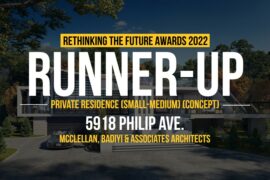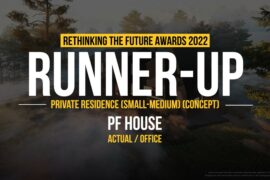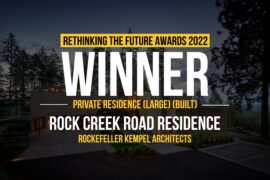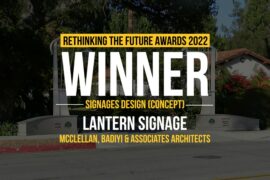New urban development trends in Asia broadens the definition of gentrification of price shadowing and exclusionary displacement of lower income groups, to which state initiated urban planning funds the mega blocks erase the history and cultural networks of urban villages at a drastic speed. The intent was to import an idealized vision of Western style living and to meet the pressure of urbanization in cities, but the result was that it neglects sustainability of the city as an interconnected ecology and creates hard edges between neighborhoods. Rather than perceiving the neo-liberalism bubble as a pure socio-political production, this thesis seeks to question the role of architecture in hope that the discipline can take a more active role in mediating the drastic damages caused by these new gigantic blocks to the original fabric through a gentrifying process.
Participant Name: Kwan Ho Felita Li
University: Cornell University
Country: United States
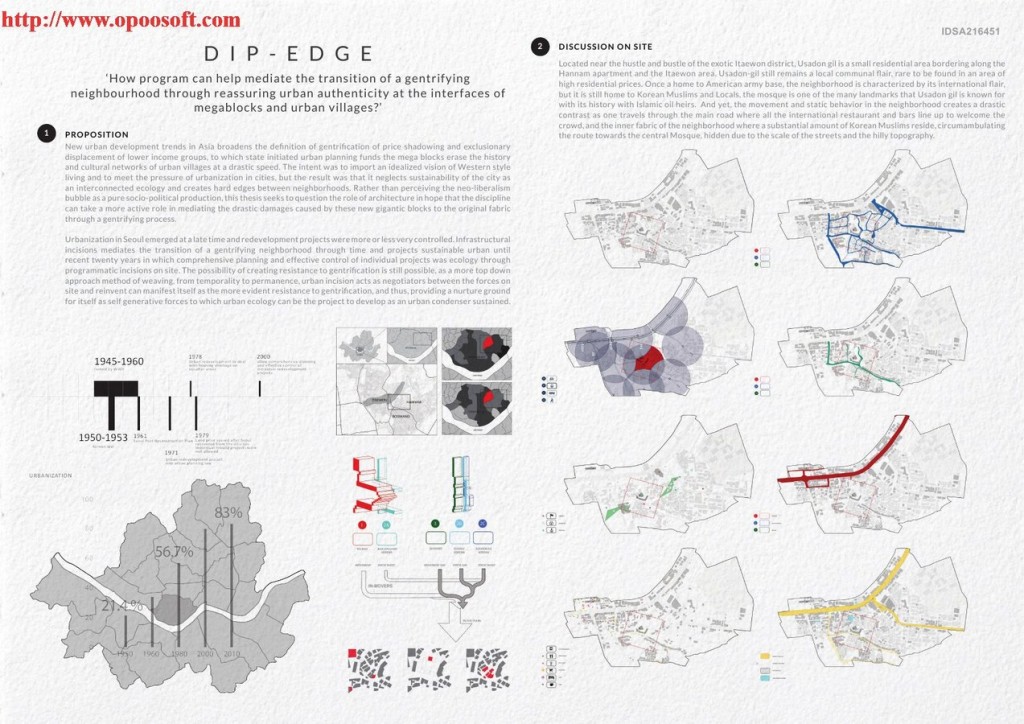
Urbanization in Seoul emerged at a late time and redevelopment projects were more or less very controlled. Infrastructural incisions mediates the transition of a gentrifying neighborhood through time and projects sustainable urban until recent twenty years in which comprehensive planning and effective control of individual projects was ecology through programmatic incisions on site. The possibility of creating resistance to gentrification is still possible, as a more top down approach method of weaving, from temporality to permanence, urban incision acts as negotiators between the forces on site and reinvent can manifest itself as the more evident resistance to gentrification, and thus, providing a nurture ground for itself as self generative forces to which urban ecology can be the project to develop as an urban condenser sustained.
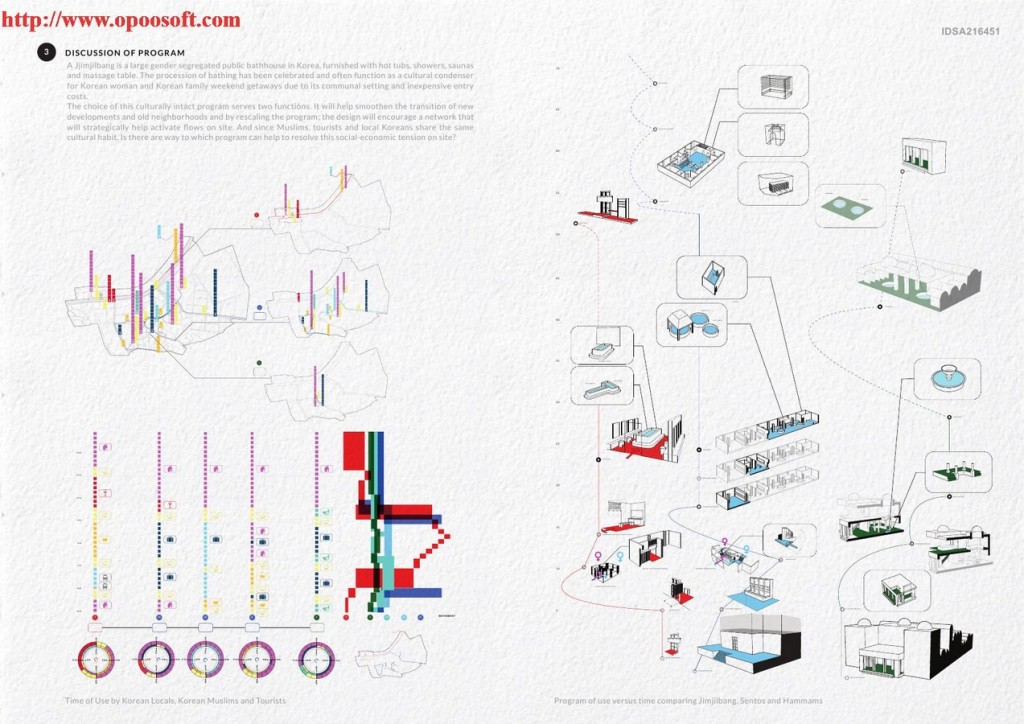
Located near the hustle and bustle of the exotic Itaewon district, Usadon gil is a small residential area bordering along the Hannam apartment and the Itaewon area. Usadon-gil still remains a local communal flair, rare to be found in an area of high residential prices. Once a home to American army base, the neighborhood is characterized by its international flair, but it is still home to Korean Muslims and Locals, the mosque is one of the many landmarks that Usadon gil is known for with its history with Islamic oil heirs. And yet, the movement and static behavior in the neighborhood creates a drastic contrast as one travels through the main road where all the international restaurant and bars line up to welcome the crowd, and the inner fabric of the neighborhood where a substantial amount of Korean Muslims reside, circumambulating the route towards the central Mosque, hidden due to the scale of the streets and the hilly topography.
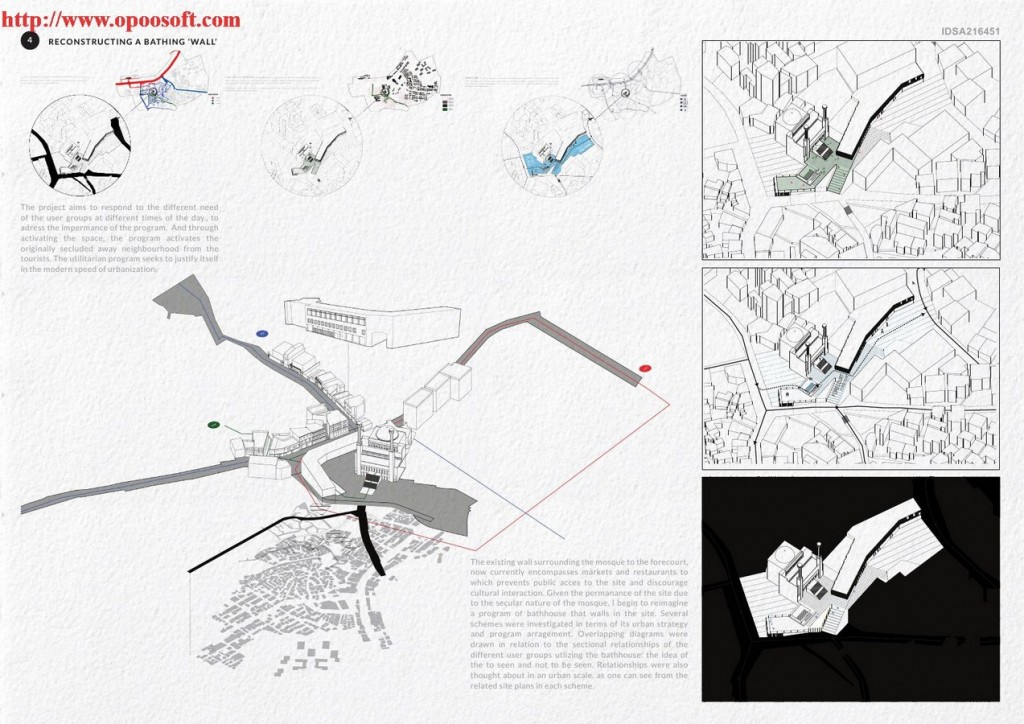
A Jjimjilbang is a large gender segregated public bathhouse in Korea, furnished with hot tubs, showers, saunas and massage table. The procession of bathing has been celebrated and often function as a cultural condenser for Korean woman and Korean family weekend getaways due to its communal setting and inexpensive entry costs.The choice of this culturally intact program serves two functions. It will help smoothen the transition of new developments and old neighborhoods and by rescaling the program; the design will encourage a network that will strategically help activate flows on site. And since Muslims, tourists and local Koreans share the same cultural habit. Is there are way to which program can help to resolve this social-economic tension on site?
‘How program can help mediate the transition of a gentrifying neighborhood through reassuring urban authenticity at the interfaces of mega blocks and urban villages?’
- RTF 2025 Entries Open
- Register
- Jury
- 18th RTF Awards Results
- Previous
- Results | RTFA 2024
- Results | GADA 2024
- Results | GADA 2023
- Results | RTFA 2023
- Results | GADA 2022
- Results | RTFA 2022
- ACDA 2022 Results
- Results | GADA 2021
- Results | RTF Awards 2021
- Results | ACD Awards 2020
- Results | RTFA 2020
- Results | GADA 2019
- Results | ACDA 2018
- Results | GADA 2018
- RTFA 2017 Results
- RTFSA 2017 Results
- RTFSA 2016 Results
- RTFSA 2015 Results
- Results | RTFA 2015
- Results | RTFA 2014

